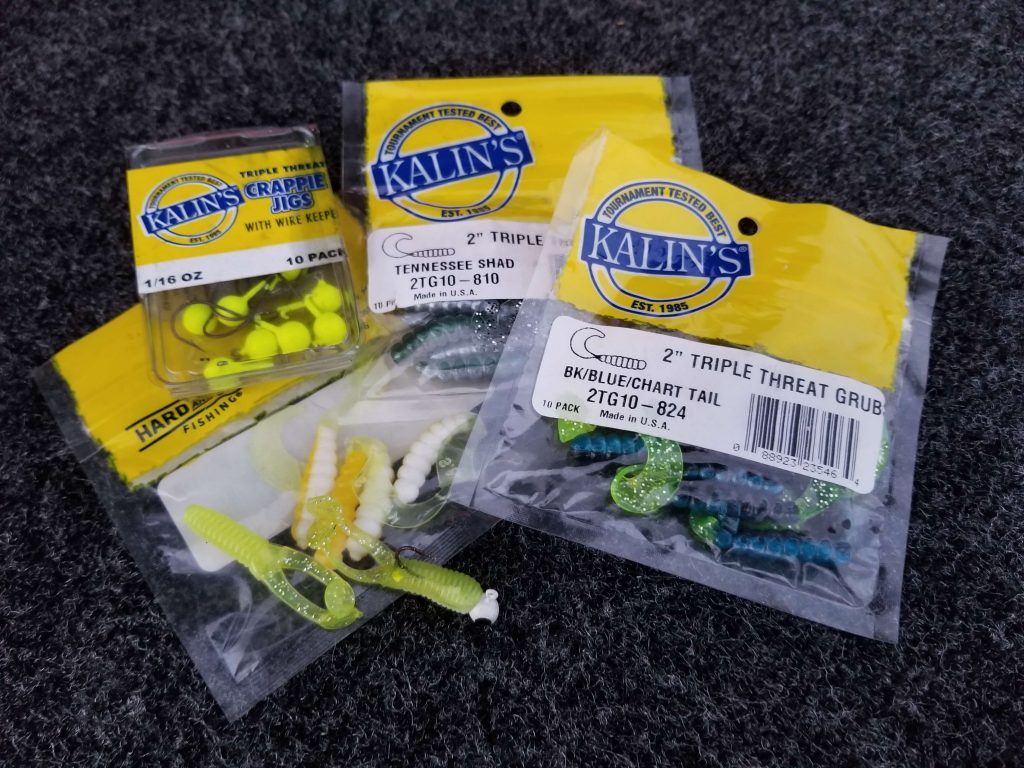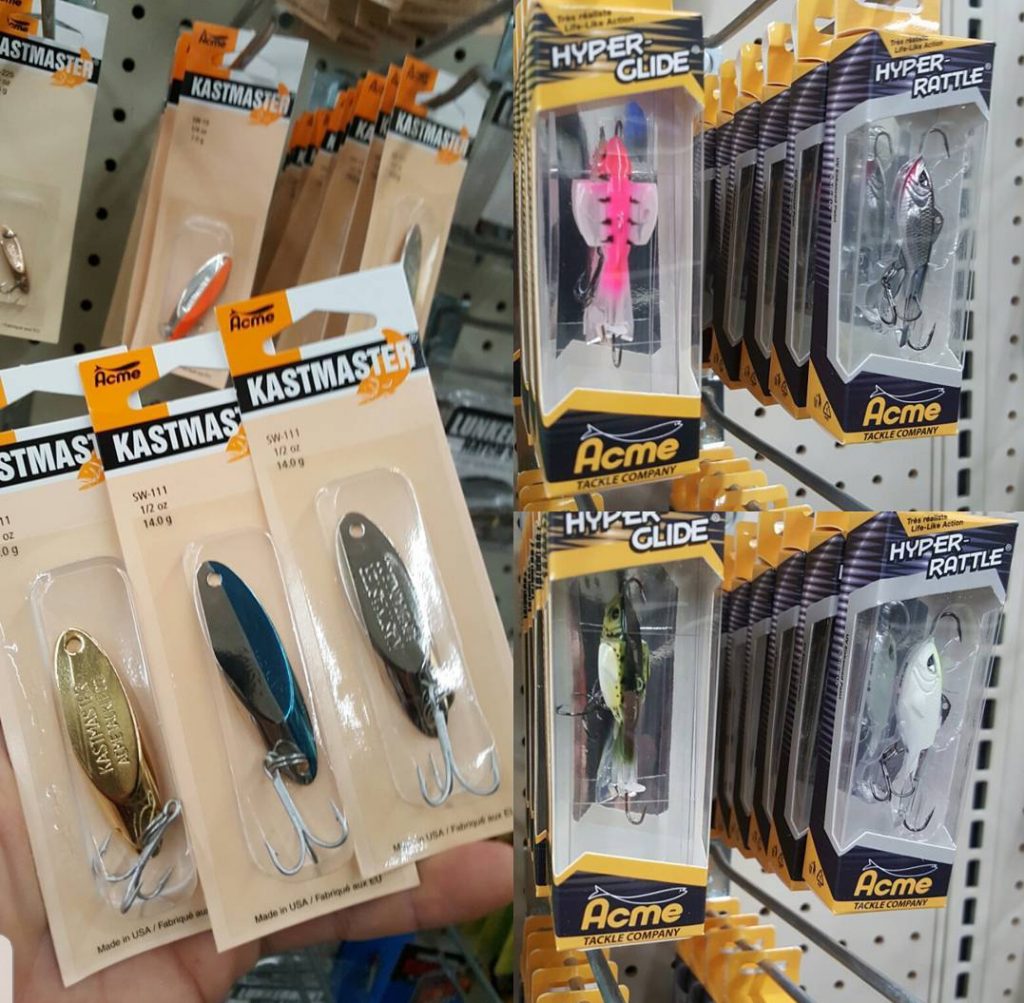Ron's Catch: Winter Slab Crappies
Without a doubt, the Crappie is one of the most popular of all the Panfish species around the country. No matter where you live, you are most likely to find Black or White Crappie in a lake close by. They are not only a fun panfish to target, but these speckled beauties are one of the best tasting which is why they are highly targeted. 
Although plentiful in most bodies of water they live, this does not mean they are easy to catch. One of the best times to target Crappie is in the Fall or Winter months. Like most predator fish they tend to “school up” into big numbers as the water temperatures cool and usually very close to baitfish or structure. Crappies will also stack up on each other which makes them easier to identify if you are utilizing electronics to help you locate them. In addition, this is a good time of year to keep a few for dinner as the colder temps also make the meat a bit firmer and tastier.
Crappies are notorious for suspending in the water column unlike other fish that will sit on the bottom. Trolling with small cranks, and grubs or small spinners are an easy way to cover water and locate active schools of crappie. If you’re a fan of casting a cork or bobber, tipping your hook with a minnow is also hard to beat. Finding wood or submerged trees is almost a guarantee in the fall if you know where the structure is in your lake.

On a recent fishing trip I took the water temperature was 57 degrees, so I was patrolling drop offs and channel swings close to a flat in 20-30 feet of water with a few submerged trees. Using my electronics, it was quick to identify which trees had fish suspended in them and which ones were empty. This made my search much more efficient and I was able to stop on the trees or submerged brush where they were stacked. My first lure of choice was a gold ½ oz Kastmaster which can be dropped vertical to the fish. Keep in mind, Crappie are most likely to come up for a bait or lure vs dropping down to them, so when you see the fish try to keep your lure even or just above the fish you located. With a quick snapping/ jigging action it did not take long to immediately get slammed by a 15” Crappie. I would rotate between jigging spoon for the more aggressive of the fish, and then drop as 1/8th oz Kalins 2” Crappie grub in white or variety of colors depending on the water clarity. Although there are many styles of Crappie lures to choose from this is a pretty good 1-2 punch that will deliver quick results. Then just continue to move around and repeat the pattern. Sometimes it may take all day to find a dozen different locations, but when the water is cold they will tend to hang around in the same area for a while and will not move as much as they do in the summertime as long as the food source is not far away.
continue to move around and repeat the pattern. Sometimes it may take all day to find a dozen different locations, but when the water is cold they will tend to hang around in the same area for a while and will not move as much as they do in the summertime as long as the food source is not far away.
The set up I prefer to use is a 6”6 Medium Fast Spinning rod with 8lb test Invizx Florocarbon line when using a jigging spoon around the trees. The line allows the bait to fall quickly and naturally yet strong enough to pull those fish away from the trees quickly. If you do get snagged up, quick snaps of the rod will often dislodge the spoon without breaking the line. When using smaller grubs I prefer the Duckett Fishing Crappie Slayer 6”Med-Fast rod with 4-6lb test Seaguar Invizx Florocarbon.
Have fun and get out now if you have a favorite Crappie hole as it really is one of the best times to catch them. Good luck!